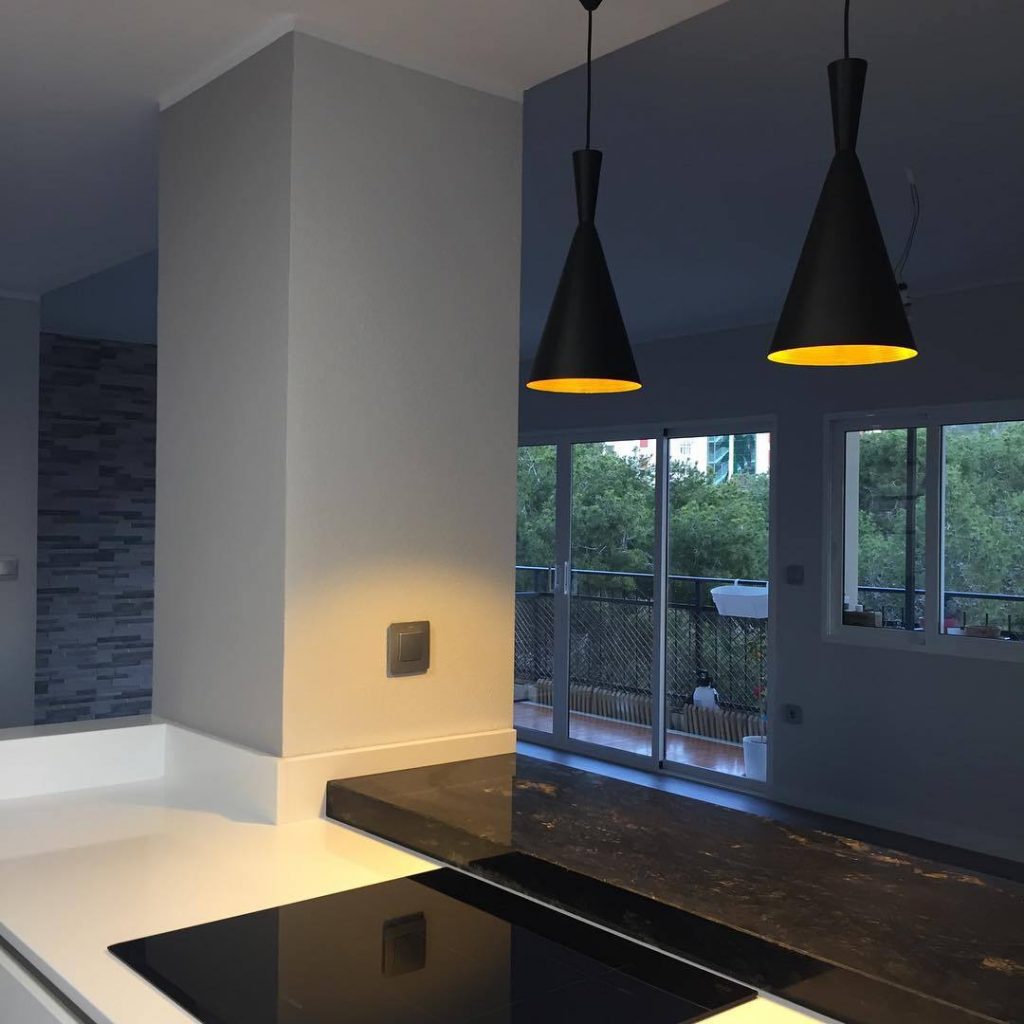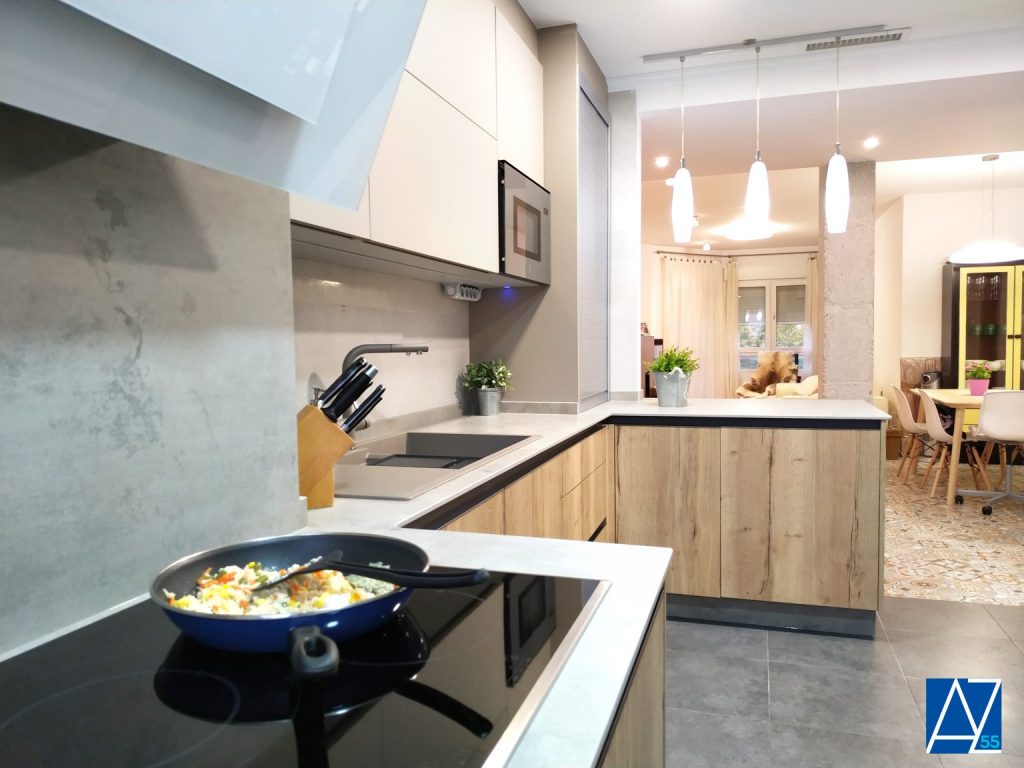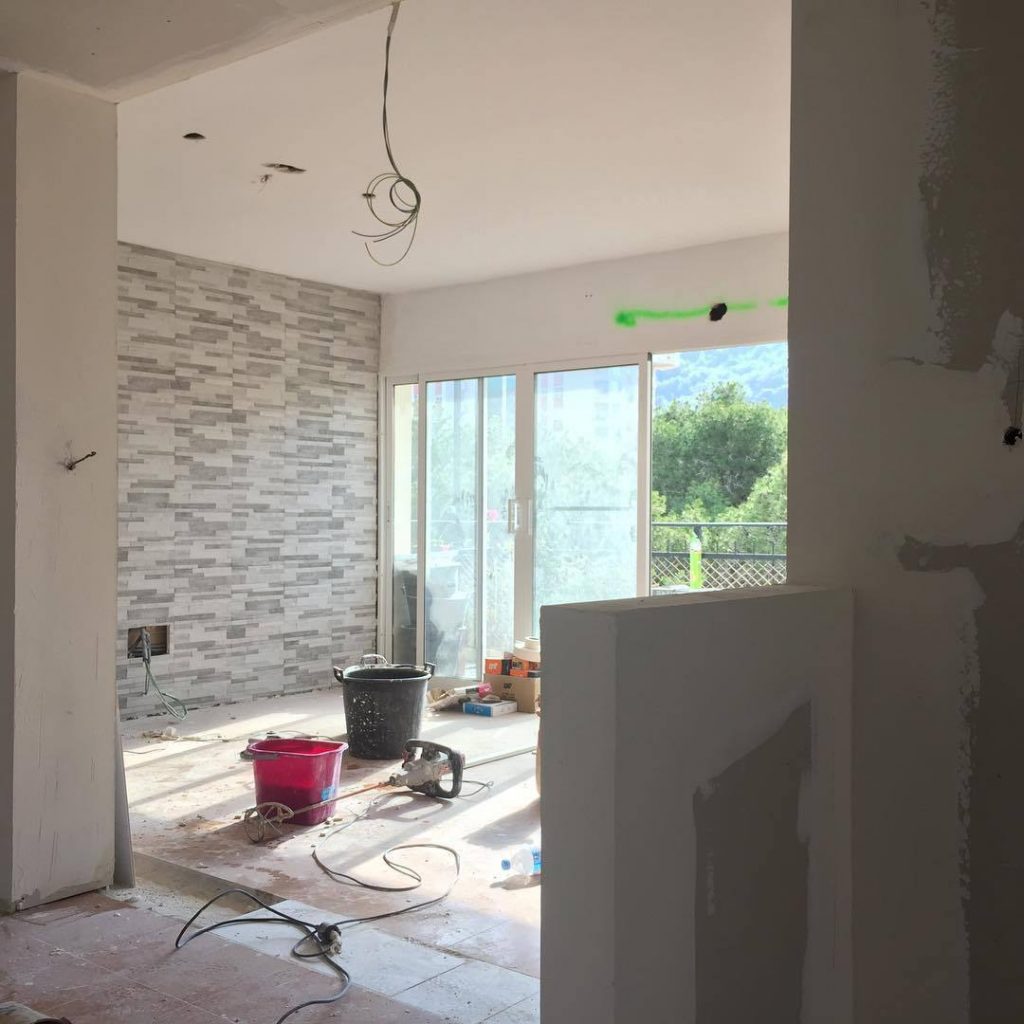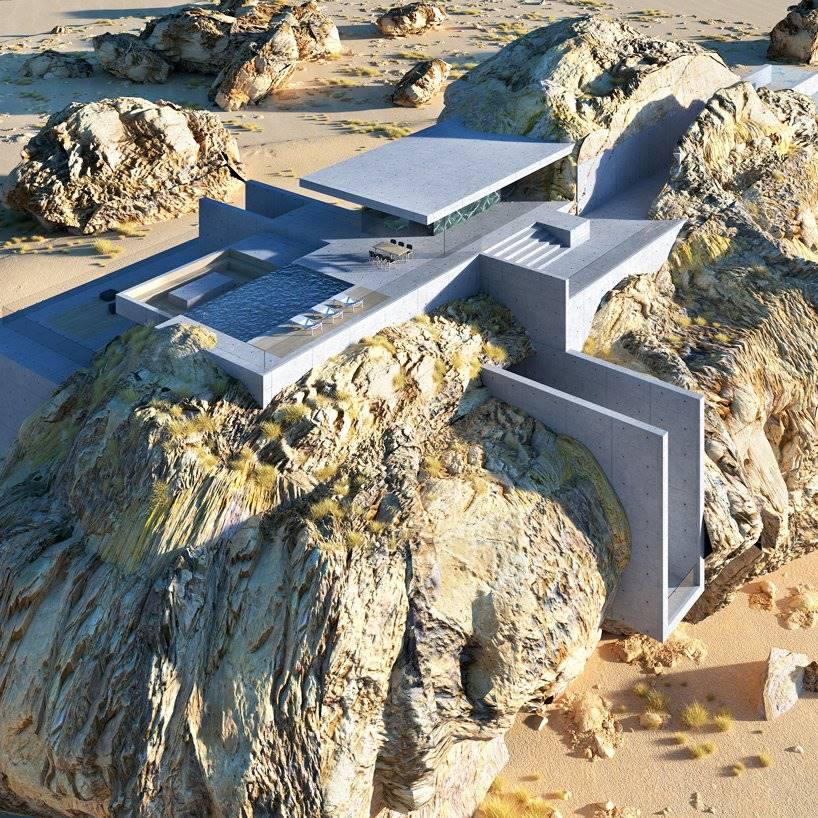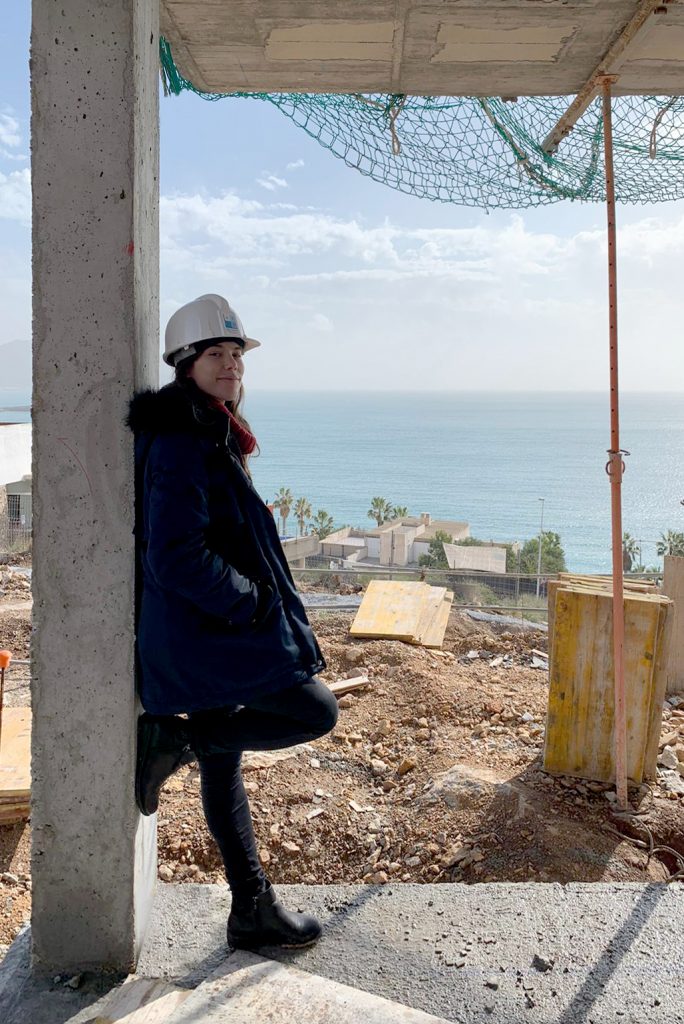
Ana María Díaz opens up her home to tell us about her innate passion: architecture. She grew up in a family with ties to the world of real estate and, after finishing her degree studies, joined AZ55—a dynamic skilful architecture studio that is an expert in building and architectural traditions. Since its early days, AZ55 has seen success in real estate development, building and management projects. This is clear through projects such as Luxury Villas—a complex of luxury beach-front homes—or the Torre Sky Tree, a 634-metre skyscraper in the financial district of Tokyo housing 150 apartments. Ana María is continuously developing different projects, placing all her energy and passion into ongoing growth and taking on new challenges.
How would you describe your vocation?
For many years, I tried to convince myself that I wanted to do biochemistry. However, I grew up in a family that built and developed real estate and worked in engineering, which had really seeped into my veins. I started studying biology at Complutense University, but I would skip classes to draw and help my hall roommates with their architecture projects. It was my closest friends who made me see that I was born to design, that it made me happy and I had a natural talent for it. They were right, as I really do love my job!
What type of project have you not yet worked on that you would like to develop?
The next one! All the projects we start offer something new and enhance the studio. It could be a luxury detached home, a small tailored piece of furniture or designing a square. We are currently looking at two real estate developments. Although they are based on the same standards and include a similar number of homes, are worlds apart: one is playful and fun, whilst the other is elegant and extremely targeted. It’s fantastic!
Who are your reference points?
All architects have great figures or works as benchmarks. Personally, for example, I would highlight Tadao Ando’s homes and Le Cabanon by Le Corbusier. That being said, my family and several lecturers at ETSAM have been more influential on how I perceive architecture as a technical and creative service to society.
Black or White? What’s your weakness?
Well, right now we are working on a home we call Black House. The interior is mainly black with dark wood and plants that are bold yet surprisingly cosy. Nevertheless, it’s true that this is a special project for the studio, as we normally get asked for white. We think there are several reasons for this: white tends to be cheaper and more immediately available, less risqué, and offers more flexibility when it comes to choosing colours for furniture and textiles. It also provides greater light and a sense of scale. These last two elements have been particularly important in 2020. Luckily, there are lots of small variations and available textures with whites when decorating a property.
Are you more comfortable designing closed or open spaces?
Neither one nor the other. When designing a home, you need to take into account how clients actually live. As architects, we can advise and even offer new options that they had not even considered. However, we cannot impose our own personal tastes. Right now, open plan is extremely popular, at least for living rooms, dining rooms, kitchens and studios. It can even go further than this: our Luxury Villas have a bath at the foot of the bed, open sinks, large ceiling-height windows in the living room and studio, a 2×2 metre skylight over the bed to stargaze and being able to see the floors below from the roof terrace… It’s interesting.
We should also point out here the flexibility that blinds or textile coverings, mobile walls, smart glass, etc. can offer to spaces. In this sense, an open space can be split depending on requirements, and vice versa.
Will the quality of open spaces be a higher priority now?
Undoubtedly. Over the past few months, people have had time to carefully consider spaces and learn how to value where they live and breathe. We are getting more requests than ever for landscaping in single family homes, installing patios in pre-existing homes, interior design for terraces and recovering balconies in flats and apartments.
Which project do you most identify with?
Every project holds a piece of me, something of AZ55 and something of the client. We really throw ourselves into each project so, in the end, a part of us stays with them and a part of them with us. We are lucky to have clients who completely trust in us and give us full creative freedom, meaning physically we are there in the final result. There are other projects where clients have had clear ideas from the start but, in the end, our relationship with them is so close that they become friends. You live the entire process as if it were for yourself.
How do you think the health crisis will impact residential architecture and public spaces?
Architecture is a service to society, and society has changed. Residential architecture shows a clear trend towards larger spaces, creating and designing exterior space, opening up to the outside, including landscaped areas in homes, using easy-to-clean materials, designing flexible modular spaces, as well as giving greater emphasis to natural light and ventilation. We are gaining in terms of health.
Public spaces, likewise, now take more account of the segmentation of trajectory according to use. For example separating rest areas, easy access for disinfecting and cleaning… In a planning sense, the urban grid is set to dissipate.
What are your favourite everyday materials?
We seek to respond to the idea with the choice of materials, so we have no universal favourites. We adapt materiality to design, with the clear intent of transmitting the sensations we seek to create. At our studio, we have samples of all materials at hand. We also prepare a mood board at the beginning of any project to carry with us throughout the process.
Do you use stone surfaces such as quartz or marble in your projects? What sensations do these elements transmit?
Yes, fairly regularly. Many of our residential staircases are made with COMPAC materials because we love them. In terms of marble, we used it for a Beauty Clinic project with an attached surgery in Murcia. Here, we had to transmit subtle elegance, classical lines of feminine beauty and, above all, trust and cleanliness. We decided to dress key walls in marble and small rose gold accents, all bathed in highly deliberate lighting. The clients adore it.
Are you aware of the new sustainable surfaces, such as Obsidiana from Compac? What would you use it for? Let your imagination run wild!
Of course, and it’s about time this type of material started gaining ground. As for our responsibility in the construction world, correct waste management is a key area we need to look at in order to preserve our common home: this planet. Materials that offer such high specifications with 100% recycled material open up the door to a hopeful future.
We can use COMPAC for worktops, façades, floors, wall coverings… but Obsidiana deserves a special place: a vertical hanging fireplace, a floating headboard, a pedestal sink, a wall cascade, table mats or even a full dinner service, a set of floor lamps for the garden… There are no limits!

